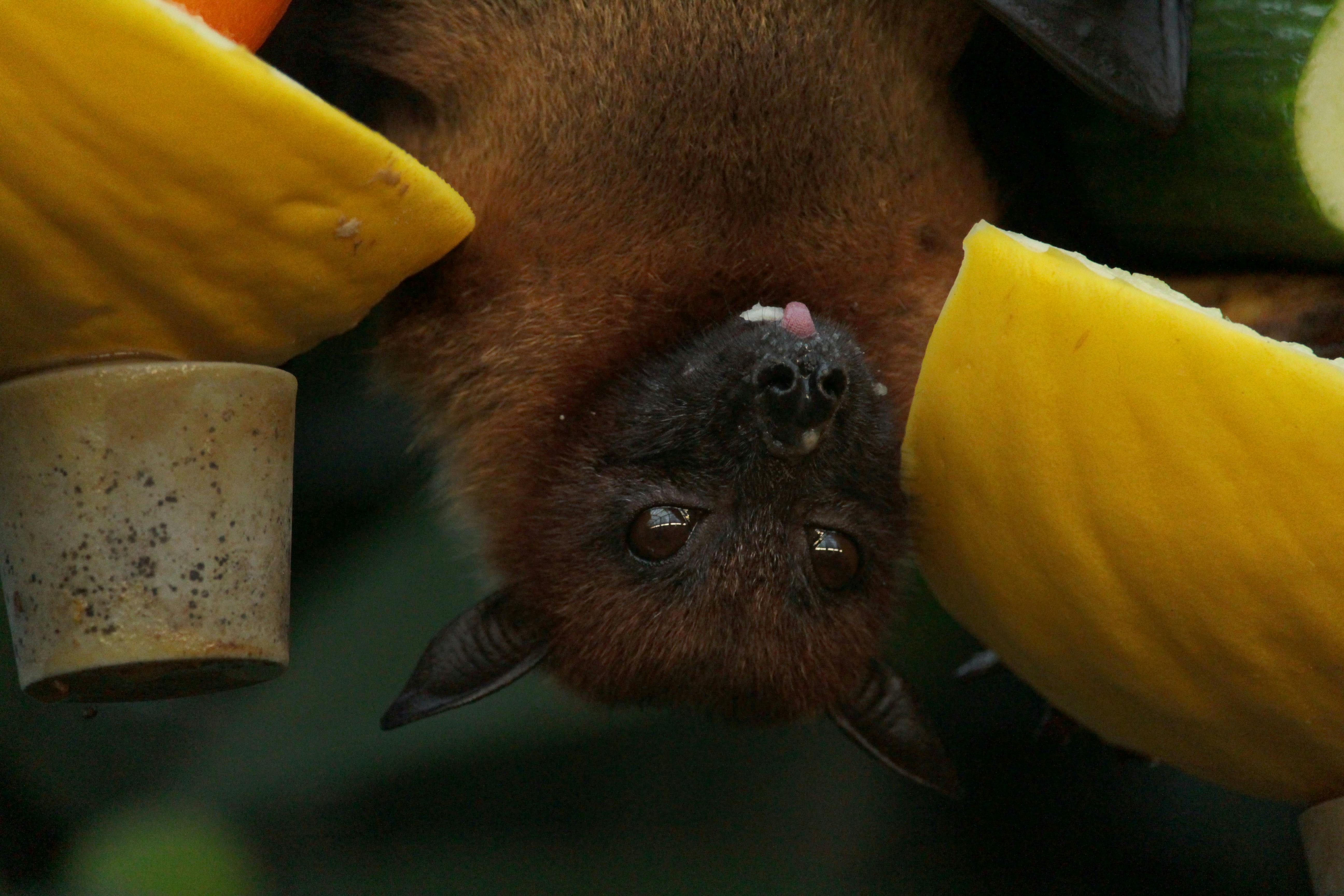Unraveling the Enigma of Echolocation: A Deep-Dive into the World of Bats
Astonishingly agile and masters of the night, bats navigate through darkness with a biological sonar system known as echolocation. This article delves into the fascinating world of these nocturnal creatures, exploring the science behind their unique navigation system, its historical discovery, and recent research advancements in the field.

Echolocation: A Background
Echolocation is a biological sonar system that bats use to navigate and hunt in darkness. It was first discovered in the 18th century by Italian scientist Lazzaro Spallanzani, who conducted blindfold experiments on bats and noticed their exceptional ability to avoid obstacles.
This unique adaptation allows bats to emit high-frequency sounds that bounce off objects in their environment, creating echoes. By interpreting these echoes, bats can perceive their surroundings in detail, identifying objects, their distance, and even their texture.
Current Research and Discoveries
In the realm of scientific research, bats and their echolocation abilities continue to intrigue scientists. A recent study conducted by the University of Southern Denmark revealed a new aspect of bat echolocation. They found that apart from emitting high-pitched sounds, bats also use their ears to “catch” the returning echoes, adding another layer of complexity to this biological sonar system.
Another significant breakthrough was the discovery of a specific gene, Prestin, in bats. This gene is responsible for the sensitivity of bats’ ears to high-frequency sounds, thereby playing a crucial role in the echolocation process.
Echolocation and the Pet Market
While bats are not commonly kept as pets, the fascination with their echolocation abilities has inspired the development of bat detection devices for hobbyists and researchers. These devices, typically ranging in price from $100 to $500, convert the ultrasonic echolocation calls of bats into audible sounds, allowing users to listen and identify different bat species. The market for such bat detection devices has been growing, reflecting increasing interest in the study of bats and their unique abilities.
Fact-checking Echolocation
While it’s common knowledge that bats use echolocation, not all species of bats possess this ability. Fruit bats, for instance, rely more on their vision and sense of smell to find food. Moreover, contrary to popular belief, bats are not blind. In fact, their vision complements their echolocation abilities, particularly under conditions of low light.
Echolocation: A Blend of Complexity and Simplicity
Bats’ echolocation abilities are a fascinating blend of biological complexity and practical simplicity. While the underlying mechanism involves intricate processes like sound production, reception, and interpretation, the outcome is a simple and efficient system for navigation and hunting.
Through continuous research, we continue to unravel the mysteries of bat echolocation, gaining valuable insights into this unique adaptation and the remarkable creatures that possess it.





